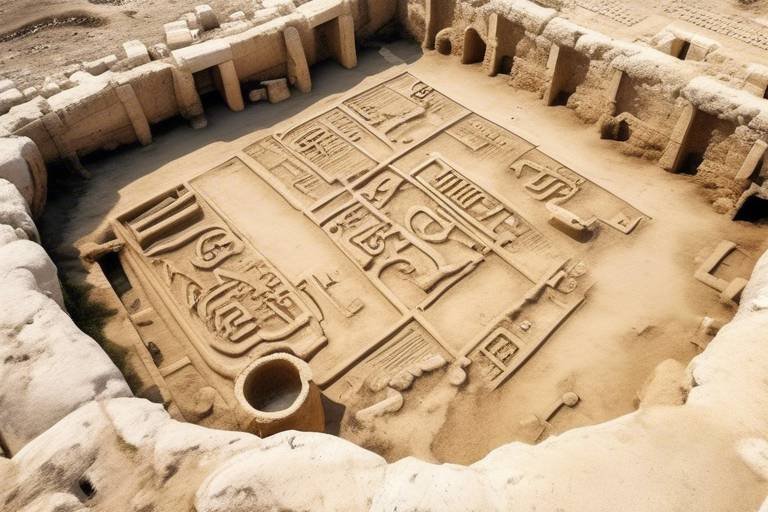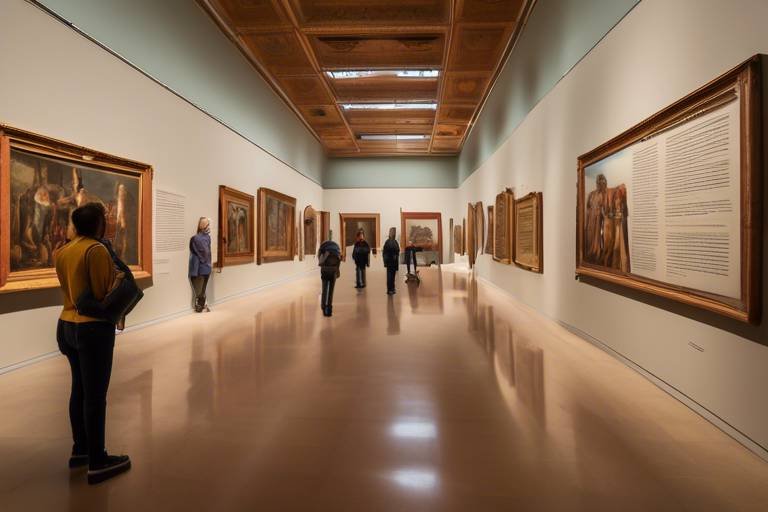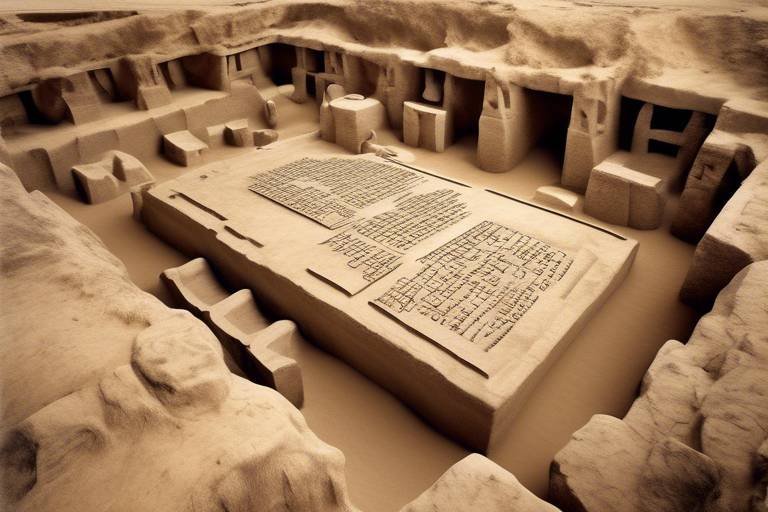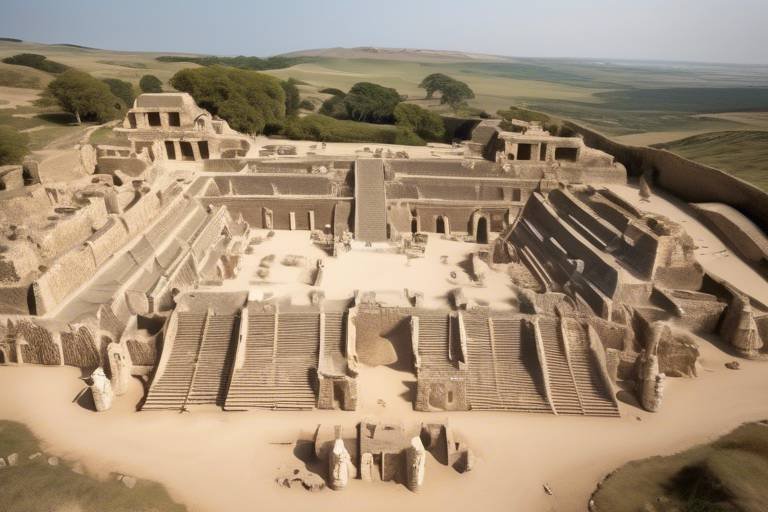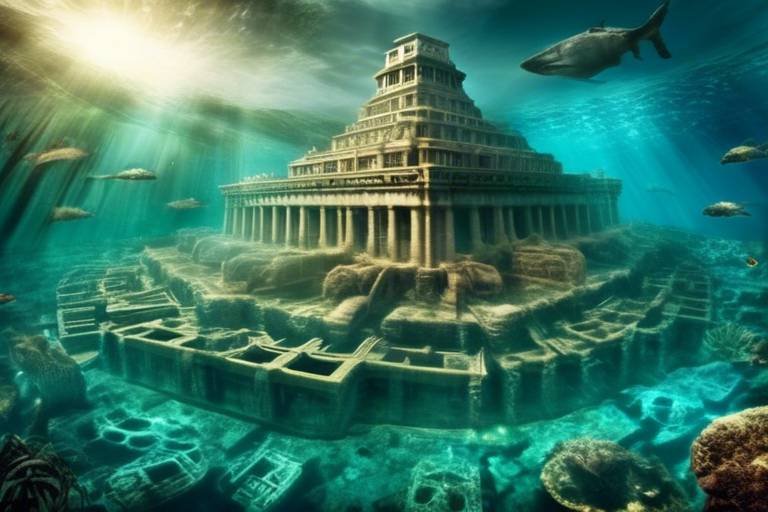The Archaeology of the American Southwest
Exploring the rich history and cultural heritage of the American Southwest through archaeological discoveries is like unraveling a mystery that has been buried for centuries. The region holds a treasure trove of ancient civilizations that once thrived in harmony with the land, leaving behind clues in the form of artifacts and ruins that tell their stories.
Native American cultures have long been intertwined with the landscapes of the American Southwest, shaping their lifestyles and traditions based on the resources and challenges of the desert environment. The impact of European colonization on these societies brought about significant changes, yet the resilience of these tribes continues to resonate through generations.
Delving into the history of the Chaco Canyon civilization reveals a sophisticated society that flourished in the heart of the desert. The monumental architecture, advanced engineering techniques, and complex societal organization of Chaco Canyon are testaments to the ingenuity and vision of its ancient inhabitants.
One of the most remarkable sites within Chaco Canyon is Pueblo Bonito, a great house that served as a religious, economic, and political center for the Chacoan people. The sheer scale and intricacy of Pueblo Bonito offer insights into the spiritual beliefs and social structures of this ancient civilization.
Rock art and petroglyphs scattered throughout the American Southwest serve as windows into the past, depicting cultural and spiritual meanings that transcend time. Deciphering the symbolism and interpretation of these ancient artworks poses a challenge, yet the stories they tell are invaluable in understanding the mindset of the people who created them.
Archaeological excavations in the American Southwest have unearthed a wealth of knowledge about the region's past, reshaping our understanding of its ancient inhabitants. From Mesa Verde National Park's cliff dwellings to the technologies used in excavations, each discovery adds a piece to the puzzle of the Southwest's archaeological landscape.
As we look to the future, the importance of preserving and protecting archaeological sites in the American Southwest becomes paramount. Engaging with indigenous communities in heritage management and supporting ongoing research efforts are crucial steps in ensuring that the legacy of the region's past is safeguarded for future generations to explore and appreciate.
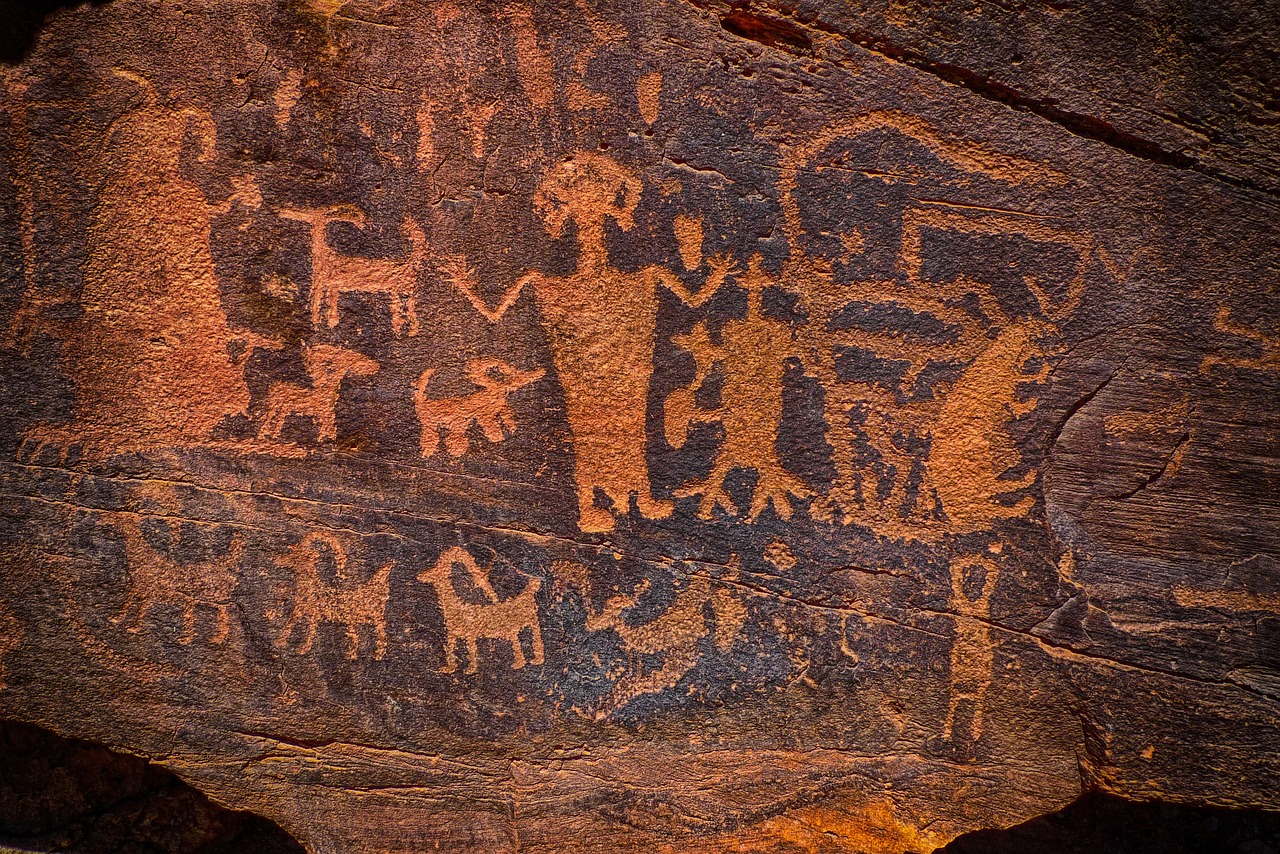
Native American Cultures
Native American Cultures in the American Southwest are incredibly diverse and rich in traditions that have been passed down through generations. These indigenous tribes have a deep connection to the land, shaping their lifestyles and belief systems. From the Navajo and Hopi to the Apache and Pueblo peoples, each tribe has its own unique customs and practices that reflect their history and heritage.
Before the arrival of European colonizers, Native American societies in the Southwest thrived, building intricate communities, cultivating crops, and engaging in trade networks. However, the impact of colonization brought significant changes to their way of life, leading to displacement, cultural assimilation, and the loss of traditional practices.
Despite these challenges, many Native American communities in the Southwest continue to preserve their cultural identities through ceremonies, art forms, and storytelling. Their resilience and determination to maintain their heritage serve as a testament to the strength of their traditions in the face of adversity.

Chaco Canyon Civilization
The in the American Southwest is a fascinating chapter in the region's rich history. This ancient civilization, centered around Chaco Canyon in present-day New Mexico, flourished between the 9th and 12th centuries. Known for its impressive monumental architecture, intricate road systems, and advanced engineering techniques, the Chacoans created a complex society that continues to intrigue archaeologists and historians.
At the heart of the Chaco Canyon Civilization lies Pueblo Bonito, the largest great house in the region. This massive structure served as a religious, economic, and political hub for the Chacoan people. With over 600 rooms, multiple kivas (ceremonial chambers), and intricate masonry work, Pueblo Bonito stands as a testament to the architectural prowess and organizational skills of its builders.
One of the enduring mysteries of the Chaco Canyon Civilization is the purpose behind its elaborate structures. The layout of the buildings, alignment with celestial events, and intricate construction techniques have led scholars to speculate about the religious and ceremonial significance of Chacoan architecture. Was it a pilgrimage site, a trading center, or a political capital? The answers continue to elude us, adding to the allure of this ancient civilization.

Pueblo Bonito
Pueblo Bonito, a remarkable structure located in Chaco Canyon, serves as a pivotal archaeological site shedding light on the ancient Chacoan civilization. This expansive great house, consisting of over 600 rooms, stands as a testament to the architectural prowess and societal complexity of its builders. The layout of Pueblo Bonito, with its multiple kivas (ceremonial chambers) and intricate masonry, reflects the spiritual, economic, and political significance it held within the Chacoan society.
The construction of Pueblo Bonito, with its distinctive D-shaped design and strategic positioning, showcases the advanced engineering skills of the Chacoan people. The intricate network of rooms, plazas, and ceremonial spaces within the structure provides insight into the daily lives and communal activities of its inhabitants. The alignment of Pueblo Bonito with celestial events further highlights the deep cultural and spiritual connections of the Chacoan civilization to the natural world.
Artifacts found within Pueblo Bonito, such as pottery, tools, and ceremonial objects, offer valuable clues about the economic activities and trade networks of the Chacoan society. The presence of elaborate burials and ritual deposits within the structure suggests complex social hierarchies and religious practices among the Chacoan people. Through ongoing excavations and research at Pueblo Bonito, archaeologists continue to unravel the mysteries surrounding this ancient architectural marvel and its significance in the broader context of the American Southwest.
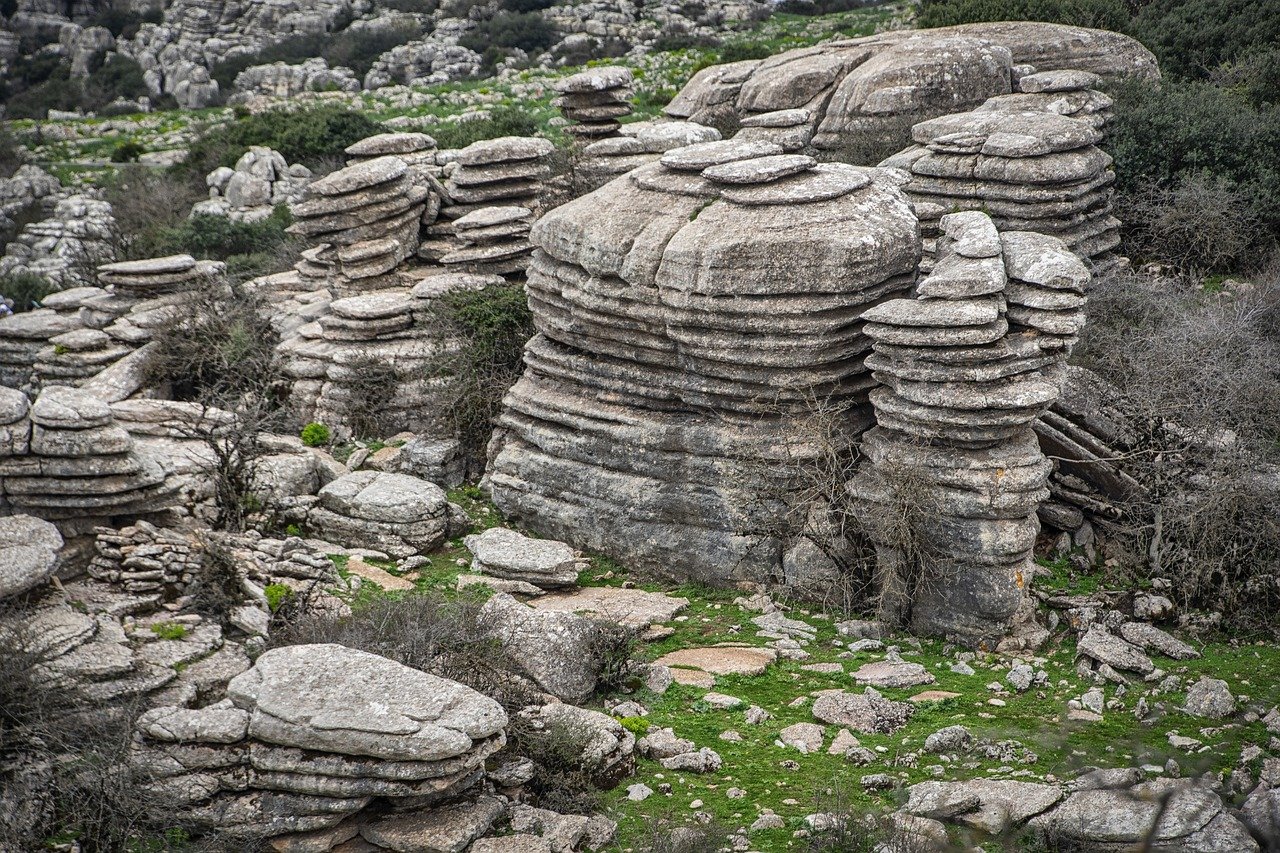
Rock Art and Petroglyphs
Rock art and petroglyphs hold a special place in the cultural tapestry of the American Southwest, serving as windows into the beliefs and practices of ancient civilizations. These intricate designs, etched or painted onto rock surfaces, carry deep spiritual and cultural significance for the Native American tribes that once inhabited the region. The images of animals, humans, geometric patterns, and celestial bodies found in rock art sites offer a glimpse into the complex belief systems and daily lives of these ancient peoples.
Interpreting the symbolism and meaning behind rock art poses a unique challenge to archaeologists and researchers. Each figure and motif may hold multiple layers of significance, reflecting a blend of cultural, religious, and historical contexts. Deciphering these ancient forms of communication requires a deep understanding of the specific cultural traditions and belief systems of the indigenous tribes that created them.
One of the most famous rock art sites in the American Southwest is the Petroglyph National Monument in New Mexico, home to thousands of petroglyphs carved into volcanic rocks. These intricate carvings depict a wide range of subjects, from animals and plants to human figures and abstract symbols. Visitors to the site can marvel at the artistry and skill of the ancient artists who created these enduring works of art.
Rock art and petroglyphs not only provide insights into the spiritual and cultural practices of ancient societies but also serve as a reminder of the enduring connection between past and present. By studying and preserving these ancient artworks, we can ensure that future generations continue to appreciate and learn from the rich heritage of the American Southwest.

Symbolism and Interpretation
Symbolism and interpretation play a crucial role in understanding the ancient rock art and petroglyphs found throughout the American Southwest. These intricate designs and symbols offer a window into the beliefs, rituals, and daily lives of the indigenous peoples who created them. Each image etched into the rock holds a story, a message, or a representation of their worldview, making it a form of visual language that transcends time.
Interpreting these ancient forms of communication poses a significant challenge to archaeologists and researchers. The symbolic motifs and themes depicted in the rock art can vary widely, with multiple layers of meaning embedded in each design. Some symbols may represent celestial bodies, animals, or mythical beings, while others could convey spiritual concepts, hunting techniques, or historical events.
Researchers rely on comparative analysis, ethnographic studies, and consultation with Native American communities to decipher the meanings behind these ancient symbols. By understanding the cultural context, oral traditions, and historical narratives of the indigenous tribes, archaeologists can piece together the puzzle of symbolism and interpretation in the rock art of the American Southwest.
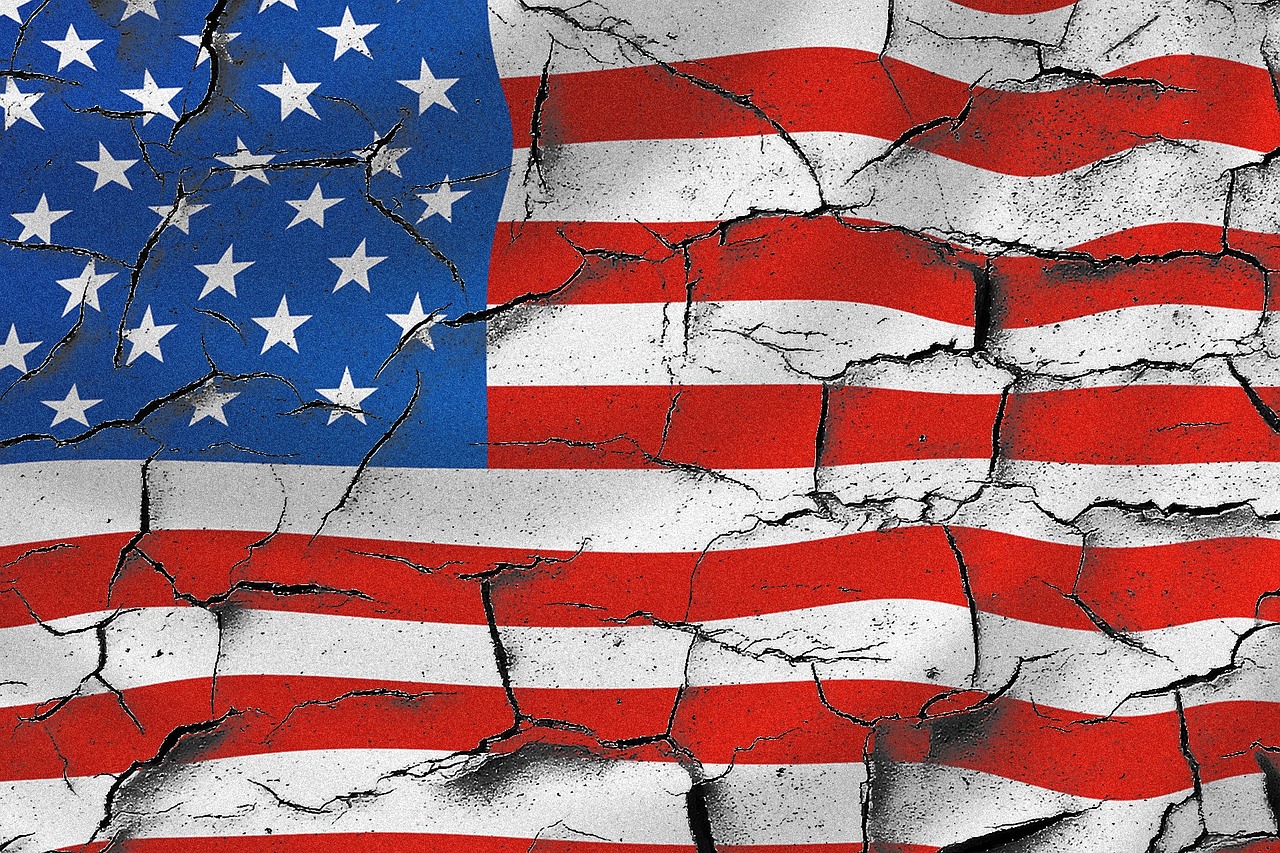
Archaeological Excavations
Exploring the rich history and cultural heritage of the American Southwest through archaeological discoveries, ancient civilizations, and the significance of artifacts in understanding the region's past.
Examining the diverse Native American tribes that inhabited the American Southwest, their lifestyles, traditions, and the impact of European colonization on their societies.
Delving into the history and mysteries of the ancient Chaco Canyon civilization, known for its monumental architecture, advanced engineering, and complex societal organization.
Exploring the significance of Pueblo Bonito, the largest great house in Chaco Canyon, as a religious, economic, and political center of the Chacoan people.
Understanding the significance of rock art and petroglyphs in the American Southwest, their cultural and spiritual meanings, and the insights they provide into ancient belief systems.
Analyzing the symbolic motifs and themes depicted in rock art and petroglyphs, and the challenges of interpreting these ancient forms of communication.
Highlighting key archaeological sites in the American Southwest, the methods and technologies used in excavations, and the discoveries that have reshaped our understanding of the region's past.
Exploring the cliff dwellings and artifacts of Mesa Verde, a UNESCO World Heritage Site that offers a glimpse into the lives of the Ancestral Puebloans who once inhabited the area.
Discussing the importance of preserving and protecting archaeological sites in the American Southwest, the role of indigenous communities in heritage management, and the ongoing research efforts in the region.
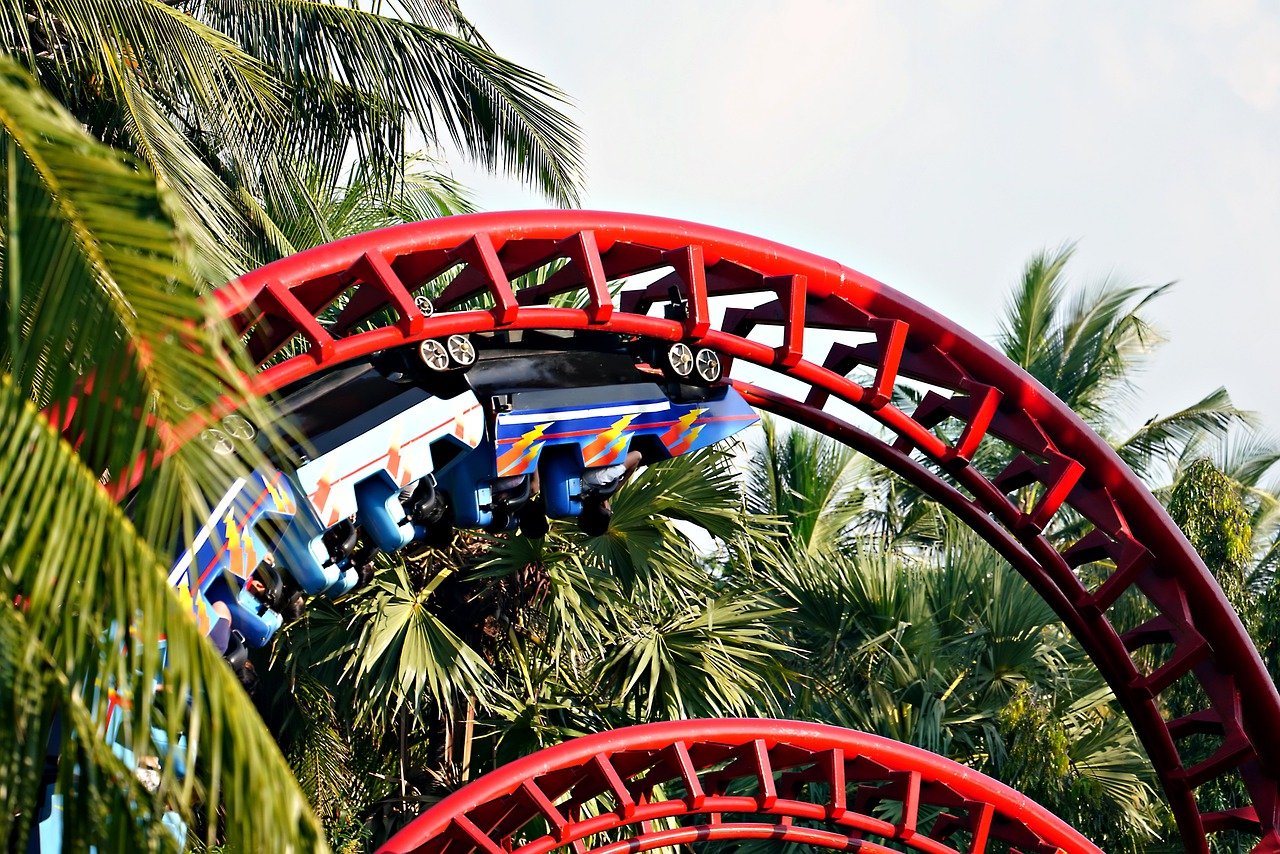
Mesa Verde National Park
Mesa Verde National Park, located in the southwestern corner of Colorado, is a treasure trove of ancient Native American history and culture. This UNESCO World Heritage Site is renowned for its well-preserved cliff dwellings, which offer a fascinating glimpse into the lives of the Ancestral Puebloans who inhabited the area over 700 years ago. The park is home to over 5,000 archaeological sites, including 600 cliff dwellings, making it one of the most significant archaeological sites in the United States.
One of the most iconic structures in Mesa Verde is the Cliff Palace, the largest cliff dwelling in North America. This impressive complex of interconnected rooms and kivas was once home to hundreds of Ancestral Puebloans. Visitors to the park can explore the intricate architecture of the Cliff Palace and imagine what life was like for its ancient inhabitants.
Aside from the cliff dwellings, Mesa Verde National Park also boasts a rich collection of artifacts, including pottery, tools, and artwork that provide valuable insights into the daily lives and cultural practices of the Ancestral Puebloans. The park's museum showcases these artifacts, allowing visitors to learn more about the history and heritage of the region.
Guided tours are available for visitors who want to delve deeper into the history of Mesa Verde and gain a better understanding of the significance of the archaeological sites within the park. Knowledgeable guides lead tours to various cliff dwellings and explain the cultural and historical context of each site, offering a unique and immersive experience for visitors.
Exploring Mesa Verde National Park is not only a journey back in time but also a reminder of the importance of preserving our cultural heritage. The park's stunning landscapes, rich history, and archaeological wonders make it a must-visit destination for anyone interested in the ancient civilizations of the American Southwest.

Modern Perspectives and Conservation
When it comes to the archaeological wonders of the American Southwest, modern perspectives play a crucial role in preserving and understanding the rich history of the region. Conservation efforts are not just about protecting ancient sites but also about honoring the cultural heritage of the indigenous communities that have deep connections to these lands. By integrating traditional knowledge with modern research methods, experts are able to gain a holistic understanding of the past while ensuring that these valuable resources are safeguarded for future generations.
One of the key aspects of modern conservation in the American Southwest is the involvement of indigenous communities in heritage management. These communities have a unique perspective on the significance of archaeological sites and artifacts, often viewing them as part of their living history rather than mere relics of the past. By empowering indigenous voices in the preservation and interpretation of cultural heritage, conservation efforts become more inclusive and sustainable, fostering a deeper respect for the land and its history.
Moreover, ongoing research efforts in the region are shedding new light on the ancient civilizations that once thrived in the American Southwest. Advanced technologies such as LiDAR scanning and 3D modeling are revolutionizing the way archaeologists study and document sites, allowing for more accurate reconstructions and interpretations of the past. These modern tools not only enhance our understanding of ancient cultures but also contribute to the conservation of archaeological sites by minimizing physical interventions and preserving them in digital formats.
Frequently Asked Questions
- What is the significance of rock art in the American Southwest?
Rock art in the American Southwest holds immense cultural and spiritual importance, providing insights into ancient belief systems and societal practices. These intricate petroglyphs and pictographs serve as visual records of the region's rich history and the beliefs of its inhabitants.
- How did the Chaco Canyon civilization differ from other ancient societies?
The Chaco Canyon civilization stood out for its monumental architecture, sophisticated engineering techniques, and complex societal organization. The elaborate structures and ceremonial sites in Chaco Canyon suggest a highly organized and ritualistic society, distinct from other ancient civilizations in the region.
- What can visitors learn from Mesa Verde National Park?
Visitors to Mesa Verde National Park can gain a unique perspective on the lives of the Ancestral Puebloans through the well-preserved cliff dwellings and artifacts. This UNESCO World Heritage Site offers a glimpse into the daily activities, social structures, and architectural achievements of the ancient inhabitants of the area.







